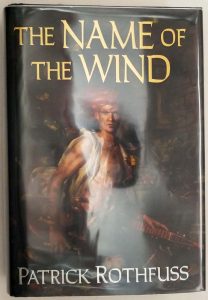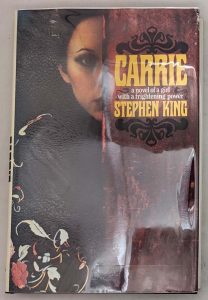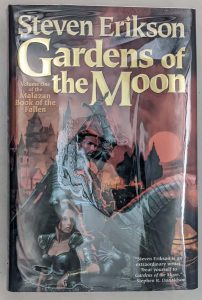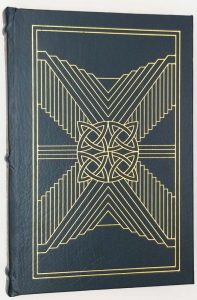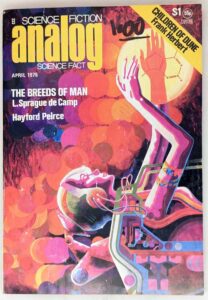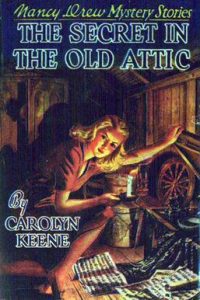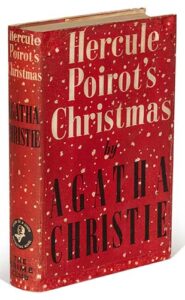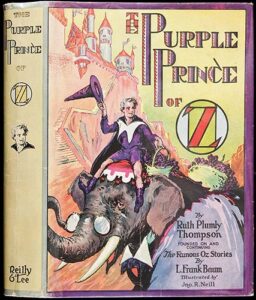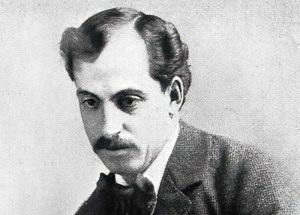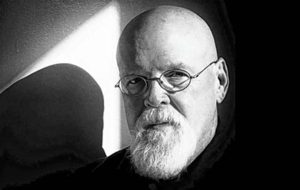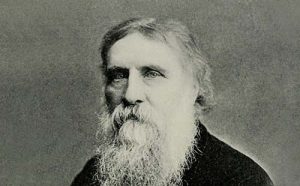Lois Lowry – American author, b. 1937
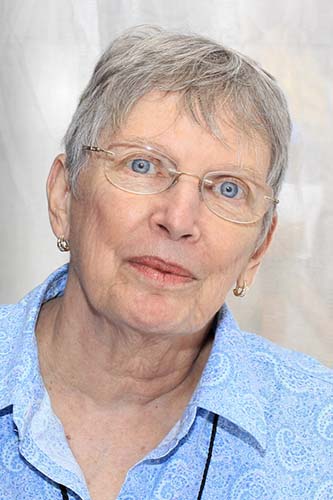
Lois Lowry is well known as the author of the books about Anastasia Krupnik and her precocious younger brother, Sam. Always getting herself in trouble, Lois Lowry’s irrepressible heroine has a good-natured sense of humor that has made popular titles such as Anastasia at Your Service (1984), detailing her first job, and Anastasia’s Chosen Career (1987), tracing her search for a profession.
The first book about Anastasia’s brother, AU About Sam (1988), tells his life story from Sam’s own comical point of view, beginning with his first impressions of the world as a newborn. Other popular titles of middle-grade fiction are the amusing books about siblings Caroline and J. P. Tate. In Switcharound (1985), Caroline and J. P. make separate plans to get back at their father and his wife, who invited them for the summer only to stick them with some heavy responsibilities. The normally feuding siblings join forces when they realize at the last minute that they must help each other undo their awful plans.
Lois Lowry is equally adroit at telling stories in a more serious vein, as evidenced by A Summer to Die which marked her debut as a children’s book writer. In this novel, winner of the International Reading Association’s Children’s Book Award, thirteen-year-old Megs friendship with an elderly but lively and active neighbor gives her strength through the summer during which her older sister suffers a serious illness and eventually dies. The sensitive and moving account also portrays the hope and joy of a new life when Meg witnesses the birth of a neighbor’s baby.
In Autumn Street (1980), Lowry’s finest piece of writing, the narrator looks back on the year she was six, when her father left to fight in World War II. The story begins with the care-free innocence of Elizabeths close friendship with Charles, an African American boy, and ends with the violence and shock of his murder. When Elizabeth’s father is injured and subsequently returns home, he and his young daughter make an “impossible promise” to each other that their separate fears and hurts will go away, knowing that sometimes hope is more important than truth. The flawlessly crafted prose is only one of the reasons the story lingers; in the readers mind long after the book has been closed.
In Rabble Starkey (1987), twelve-year-old Rabble Starkey’s mother serves as housekeeper and baby sitter for the family of a woman eventually hospitalized for mental illness. When Mrs. Bigelow recovers and returns home, Rabble and her mother move on, saying goodbye to people who have become their friends and family. The first-person narrative is written in an authentic- sounding down-home voice, and the characters, learning the joys and sorrows of loving and of leaving, are especially well drawn.
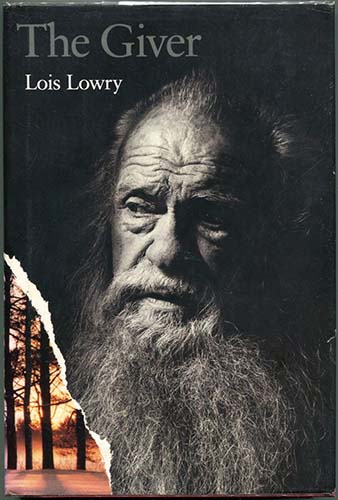
Number the Stars (1989), winner of the 1990 Newbery Medal, tells about ten-year-old Anne-Marie Johansen, who lives in Denmark in 1943. When her family help smuggle their Jewish neighbors, including the young protagonists best friend, into Sweden, something goes wrong and Annemarie must exhibit a kind of bravery she never knew she had. The suspenseful, unforgettable novel is geared toward a young audience but does not oversimplify the story of the multitude of people forced to flee their homeland.
Lois Lowry won a second Newbery Medal in 1994 for her innovative novel The Giver (1993). Set in a futuristic world that seems to have solved all of humanity’s problems — poverty, unemployment, inequality, the loneliness and insecurity of the aged — the story recounts the coming of age of twelve-year-old Jonas. Jonas’s gifts of clear sight and empathy earn him the apprenticeship to the Giver, the community’s reclusive keeper of all that it has given up — the good and the bad — to achieve its stable placidity. Jonas, in seeing both sides, learns to question the bargain struck, and his responses to his discoveries make The Giver a provocative, moving, haunting work.
In Looking Back (1998), Lowry explored her life, using both prose and photographs, and how it has influenced her writing. Lois Lowry, who as a child moved from Hawaii to Pennsylvania, then to Japan, is an author who writes from experience. The act of leaving is repeated several times in her books as characters pull up roots and move away, end painful relationships, or lose loved ones to death or distance. The author’s experience as a journalist and photographer has provided her with an eye for detail, a skill manifested in her clear, vivid descriptions of place and time. Called the new Judy Blume, Lowry has lived up to that description with her tremendous popularity among middle-grade readers.
Lois Lowry in her own words …
My grandson, James, nine years old when he visited me in Boston in the summer of 1992, had really outgrown the traditional Swan Boat ride that he had enjoyed as a wide-eyed toddler. We went anyway, for nostalgia’s sake; and we watched idly as gleeful children tossed chunks of bread to the ducks that swam beside the boat.
“Have you ever noticed/ James asked me casually, “that when people think they are manipulating ducks, actually ducks are manipulating people?”
It is not often, if ever, that a casual remark haunts me and that I can, later, connect it to the origin of a book. But my grandson’s perceptive and somewhat cynical words that summer coincided with my awareness of a rapidly changing world. A presidential election was looming and was much on my mind. The Berlin Wall, which I had rejoiced to see topple not long before, now appeared to have been the perching point for all the Humpty Dumpties of eastern Europe, and it was frightening to realize that they might not ever be put back together again.
Maybe it was simply that my parents, both in their mid-eighties, were dying that summer. They were, in essence, turning over the world to my generation; it was a world I didn’t understand, and suddenly time seemed to be passing so quickly, I was beginning to feel responsible for what I would eventually turn over to kids like James, who at nine could already see through so much sham. I began then to write The Giver (1993). It would be my twenty-first novel for young people.
Looking back seventeen years to the writing of my first, A Summer to Die (1977), I can see that I began with the smallest and most personal of themes. Critics would not agree with that, pointing out rightly that the life-death continuum which is central to that book is hardly a “small” theme. But for me, writing it then. It was no more than a retelling of a personal experience: the gathering together of the details and fragments that accompanied a time of saying goodbye in the lives of two sisters.
My succeeding books, for some years, followed the same pattern, I think. As a former photographer, I have sometimes likened writing to a choice of lenses and apertures. The writer, after all, utilizes focus in the same way that a photographer does, I can come in close on the details, open up to get it good and sharp, and blur the background into oblivion. I did that in my first book: focused sharply on those sisters, on that family, and that house. And I blurred the greater world that lay behind and around them. The reader does not know, I or need to know, exactly where or when A Summer to Die takes place.
Gradually, often without any awareness of it myself, I have changed my lenses. A book called Hobble Starkey (1987) stepped back a bit. Now there was not only a house but a town and a state, Now there were social issues: still seen through a personal and subjective eye, but social issues nonetheless.
Number the Stars (1989) went much further. Although intermittently, still, I was writing books that gently examined family life, Number the Stars was the first of all my books to expand from that domestic scene out into the much greater scope of world concerns.
Finally, in writing The Giver, I looked through a panoramic lens with the f-stop all the way down, it was frightening to do that, as a writer: to try to scrutinize everything that was there, to give it meaning and depth. I was dealing with an entire world, after all; it was a long distance from the cozy country house, purposely isolated, which I had created seventeen years before when I wrote my first book.
And now? I will go back, inevitably, to re-create the close-focused glimpses of family life, which I love. Children will always need those as part of their literature. But having now created a world, I will revisit and reexamine it, as well. My grandson and his friends are getting older, and the world will be theirs before we know it. I think all of us should be responsible for helping them see it — people arid ducks; ducks and people — crystal clear, with its sparkles and its flaws.
J.M.B.
Source: Children’s Books and their Creators, Anita Silvey.
Lois Lowry Bibliography
Children’s book series
The Giver Quartet
- The Giver (1993)
- Gathering Blue (2000)
- Messenger (2004)
- Son (2012)
Anastasia
- Anastasia Krupnik (1979)
- Anastasia Again! (1981)
- Anastasia at Your Service (1982)
- Anastasia, Ask Your Analyst (1984)
- Anastasia on Her Own (1985)
- Anastasia Has the Answers (1986)
- Anastasia’s Chosen Career (1987)
- Anastasia at This Address (1991)
- Anastasia Absolutely (1995)
Sam Krupnik
- All about Sam (1988)
- Attaboy Sam! (1992)
- See You Around, Sam! (1996)
- Zooman Sam (1999)
Tate Family
- The One Hundredth Thing About Caroline (1983)
- Switcharound (1985)
- Your Move, J.P.! (1990)
Gooney Bird
- Gooney Bird Greene (2002)
- Gooney Bird and the Room Mother (2006)
- Gooney the Fabulous (2007)
- Gooney Bird Is So Absurd (2009)
- Gooney Bird on the Map (2011)
- Gooney Bird and All Her Charms (2014)
Memoir
- Looking Back (1998; expanded edition 2016)
Novels
- A Summer to Die (1977)
- Find a Stranger, Say Goodbye (1978)
- Autumn Street (1980)
- Taking Care of Terrific (1983)
- Us and Uncle Fraud (1984)
- Rabble Starkey (1987)
- Number the Stars (1989)
- The Big Book for Peace (1990) (Illustrated by Trina Schart Hyman)
- Stay! Keeper’s Story (1997)
- The Silent Boy (2003)
- Gossamer (2006)
- The Willoughbys (2008)
- Crow Call (2009)
- The Birthday Ball (2010)
- Bless This Mouse (2011)
- Like the Willow Tree (2011)
Other
- Here in Kennebunkport (1978)
